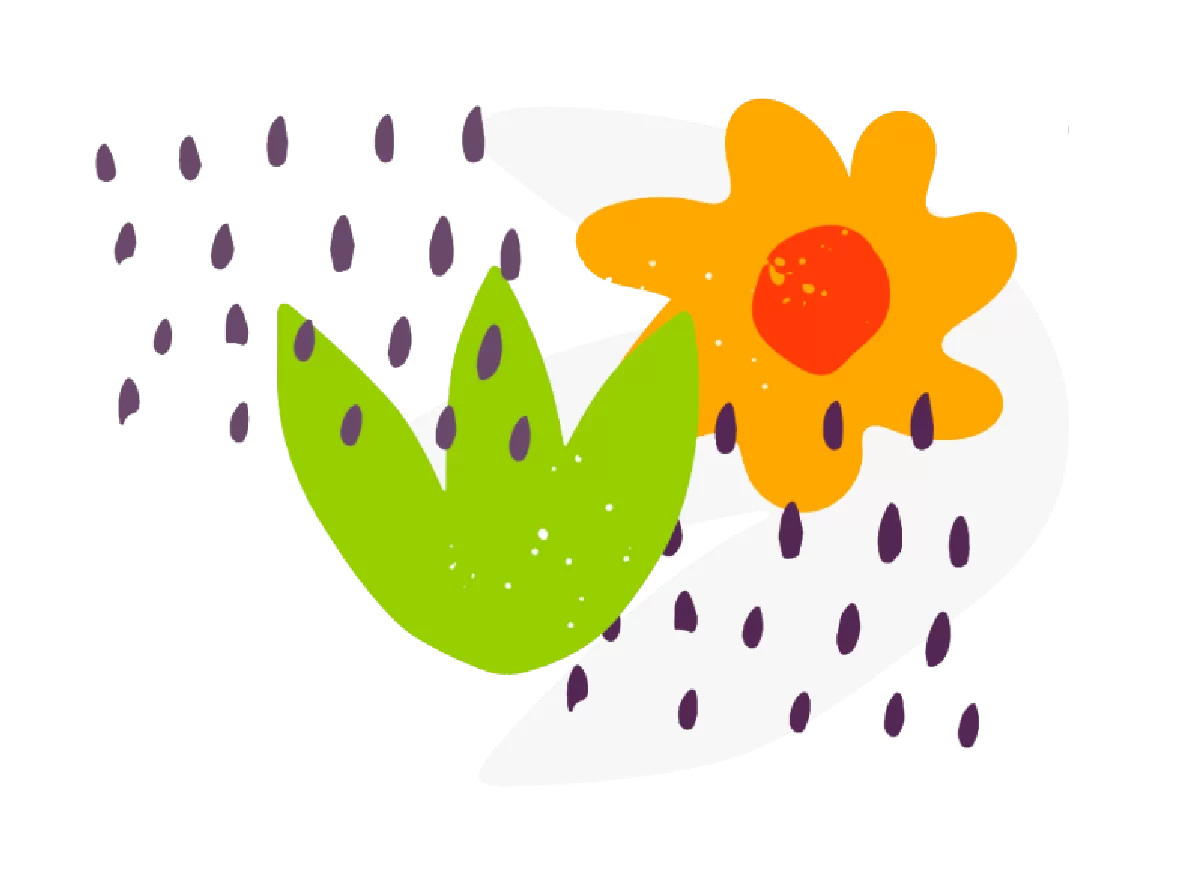Aren’t we all born to love and be loved? This is a question we discuss in the first session of our ‘Journey Through Care’ training, and together with Madlug founder, Dave Linton, in this article. How do we better support young people in our care? What constitutes a child in need? And how can we ensure consistency within the system? Read on to hear our thoughts.
Since founding Madlug, a bag company helping to eliminate the black bag issue from the care system, Dave Linton has met some truly incredible care-experienced young people – most recently, through the launch of the Madlug Innovation Academy, which saw care-experienced young people learn transferable business skills through the setup and launch of a new social enterprise.
Despite not being care-experienced himself, Dave is passionate about improving the care system and reiterating the message of the Madlug movement: that every child in care is incredible and has huge value, worth and dignity.
“[At The Care Leaders], you guys are so well placed because you’re leading from lived experience,” he says. “[You’re] helping to shape and mould the care system to have greater impact so that incredible children are listened to, and leaders are developed from it. [That’s] amazing.”
Children in Need: Born to Love and Be Loved is an introduction to our six-session ‘Journey Through Care’ training, and the subject for this podcast. The session, developed by The Care Leaders, helps practitioners to understand the issues for young people before they come into care and how this impacts them.
Karylle, a lived experienced leader who has worked with The Care Leaders says there is often a misconception about what actually constitutes a child in need. While we often home life has been destructive, abusive or neglectful for looked-after children, that’s not always the case.
“For a lot of young people who enter the care system, there’s been a history of things that have taken place. There were times before the abuse, and before the neglectful situations where parents were struggling, and children and young people were showing signs that they needed help. [Unfortunately] their voice just wasn’t always heard.
“So when we think about children in need, especially, from a care leaders perspective in our training, we try to really uncover and start to unpick some of those myths about what it is to be a child in need. Children become in need at different ages and stages [and] for a variety of different reasons – and some of those reasons aren’t always home-based. They can be out in the community, at school, a range of different things.” This is a key focus in the training.
The session begins with the concept that we’re all born to love and to be loved, and we see the world through that lens.
‘’Twenty percent of our population go through some form of neglect as a child,” says Luke.
Luke reiterates that this training is useful for everybody that works with children. Schools, for example, may not know there are nearly 400,000 children in need that have had the same upbringing as a lot of children in care but who just cannot be moved into the system.
“If a child’s perspective is that ‘this is my parents, this is my carer, this is how they love me’, being taken into a system must be hard to get your head around as a child,” says Dave.
One of the key messages The Care Leaders share in this training is that even when children and young people have entered care from challenging families or difficult households, it shouldn’t be assumed that they have a dislike or hate towards their parent(s).
Karylle says that there is a tendency for the parent-child dynamic to reverse in the case of looked-after children. “[They might be] concerned about their parent’s well-being. So the love is more than just ‘this is my parent, I love them and this is what I perceive as love’. To see then how your parents or carers are treated in that process is bigger than you just being removed and coming into care. I still feel a sense of protection for my parent.”
Comments such as ‘your parents shouldn’t do this’ and ‘oh, you poor thing, that must have been dreadful’ can often be red flags to children and young people, and while the intention is most likely coming from a good place, this might not always be clear.
“What we hear is, ‘oh, so I need to stick up for Mum or Dad even more now because you guys have this misconception of them’.”
While the behaviour that can come from that will often be pinned onto the young person, e.g. ‘I was just talking to him about his mum and he had an outburst, I don’t know what happened’, Luke says it’s usually quite clear what happened. “We need to reflect on ourselves and be aware of this,” he says.
Having worked for 22 years as a youth worker, Dave says that while he’s met young people that might be displaying behaviours that maybe aren’t appropriate or they’re challenging, he’s never met a bad young person.
“One of the findings that came out of the care experience conference last year was that the number one need for children and young people is to be loved, to be hugged, and show compassion, and that’s what young people and children in the care system are looking for most,” he says.
“Every child who enters care purely just requires love,” agrees Karylle. “And if you give them that, then that’s enough.”
“I felt absolutely loved by my mum. There were systems and things that were taking place outside of our relationship that were impacting on her lifestyle and on her ability to parent but yet I never questioned whether or not she loved me.
“So when I entered the door of care I wasn’t seeking love or looking for another parent, nor was I looking to replace my mum. I completely felt as though she loved me, I just realised as I got older, that she wasn’t able to necessarily meet my needs.
“Biological need tells us we need that feeling of love and a sense of belonging, and when it comes to looked-after children, especially in the early stages of entering care, we [can] forget that those children have [also] loved and lost.
“When they’re losing their temper and they’re not building a great attachment with their carers, [we like to say there’s an issue] and actually the issue is, and ‘I don’t know how to love or be loved’, the issue is ‘I don’t want to be loved in this environment, in this situation’, and ‘I’m not trying to seek to love you in that same way’.”
“It’s the whole thing of what is love and how do you show love?” says Dave. “Love is safety and love is caring and it’s more than just a hug. Often we say we love people with a view to be loved back because it’s more about the feelings you get from it.
“I think in the system, there’s an element where we want to be feeling that we’re doing the right thing and so if the response isn’t right, then we feel wrong. But actually love is about doing something without getting anything in return, by opening your doors as a foster carer, by saying this young person deserves to be loved, they have huge value and worth.
“In terms of children in need, there’s obviously practical needs and safety needs but if you’re talking about the ‘born to love and to be loved’ [part of this training], is that not the default for every human being on the planet?”
Luke says that if you love with the idea of receiving something in return, that’s a transaction. “Love comes with the caveat of it being unconditional and so to get something in return, therefore makes it conditional.”
He recalls someone saying to him as a child, “we care but we don’t care”. While that wasn’t an easy thing for Luke to hear as a child, he says that on reflection he views it differently. That person was showing him that their love was available but whether it was received wasn’t for them to care about – that was Luke’s job.
“I think the best thing we can do is have intention over expectation. Intend to show love with the expectation of nothing in return.”
While Dave didn’t grow up in the care system, he faced his own struggles as a child, having lost his dad at the age of five and experiencing financial difficulties within his family.
“I know what that feels like,” he says, “but I also know the feeling of having a consistent adult, the person who’s still there, who says hello to me. So as a youth worker, I always wanted to be alongside the ones who were perceived as the most troublesome. It was that kind of ability just to see the underdog.”
It’s this that led Dave and his wife to become adoptive parents, as well as to provide short-break fostering. An eight-year-old girl they cared for is now a 27-year-old single mum with three children under the age of seven.
“If she wants her kids looked after for a night, we’re here,” says Dave. “And that consistency is the love.”
Karylle nods, “we forget when we’re using these terms like ‘permanency’ and ‘long-term foster care’ and ‘looked-after child’ that what the child is hearing is ‘this is consistent’ – and actually in practice, we know it isn’t.”
She knows from personal experience spending weekends with long-term foster carers and a year to two years with short-term foster carers, that this can be very confusing for children and young people.
“The reality is that we talk about entering the care journey and then leaving care as though it’s a lifelong thing but actually it’s a very short window we’re talking about in the span of life.”
“We need to be honest and let children and young people know from the beginning. ‘We are a community and I am here for you, and my whole team is here for you’.
Luke believes we put too much pressure on consistency being a forever home. He says the fact we have temporary care and we have the ability to leave our jobs means it’s not permanent. “What we need to recognise is that we can have an impact on a child’s life in an instant.”
“I have a saying that ‘we value what we do, and what we do is what we value’,” says Dave. “Too often we say we value children in the care system but our actions are different from what we say.
Madlug exists to show every child and young person in care that they have huge value, worth and dignity, and Dave says if we have that in our care system and we take the time to listen, our actions are going to be better.
Asking the child what they feel they need is vital.
“Having a way to approach a young person, which is always based on putting them first, is always the key,” says Luke. “It’s about what they need more than what and just accept actually that children need us for guidance, and we’re a guide in that story. They’re communicating to us through their behaviour that they’re wanting things from us.
“Ultimately, don’t be scared of the word love. Be open and honest with your heart and give what you would want to get.”







